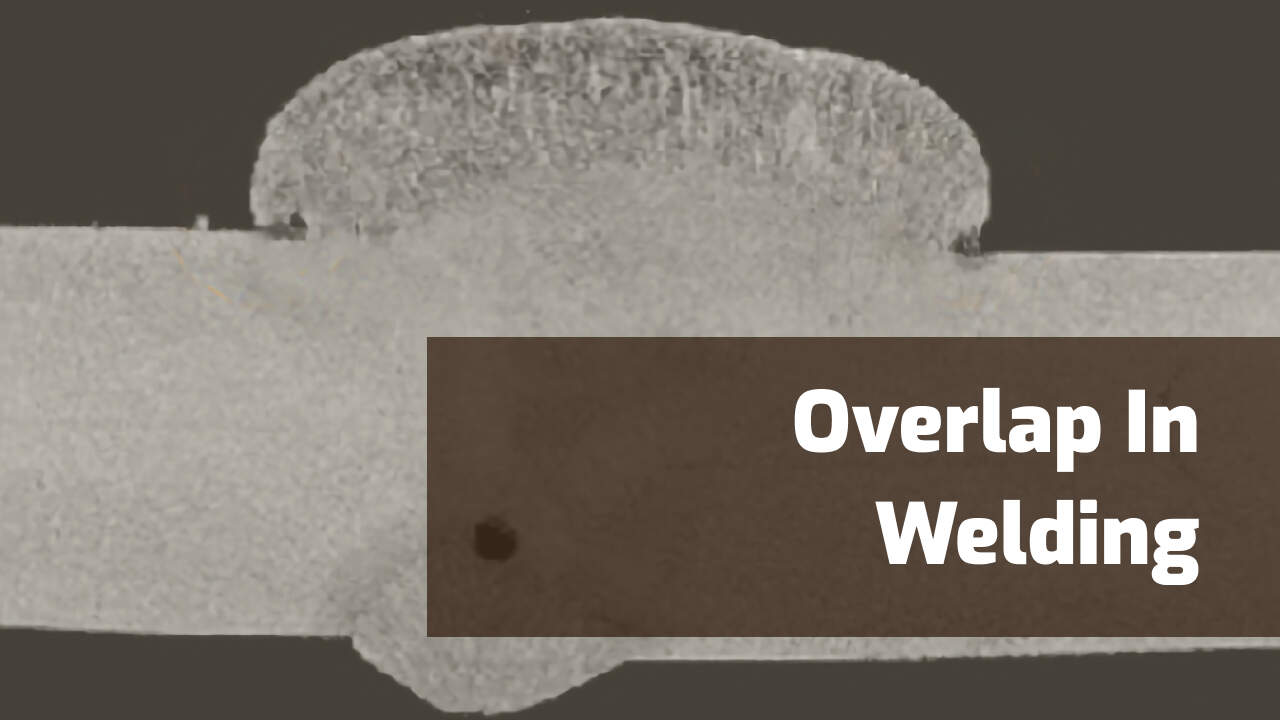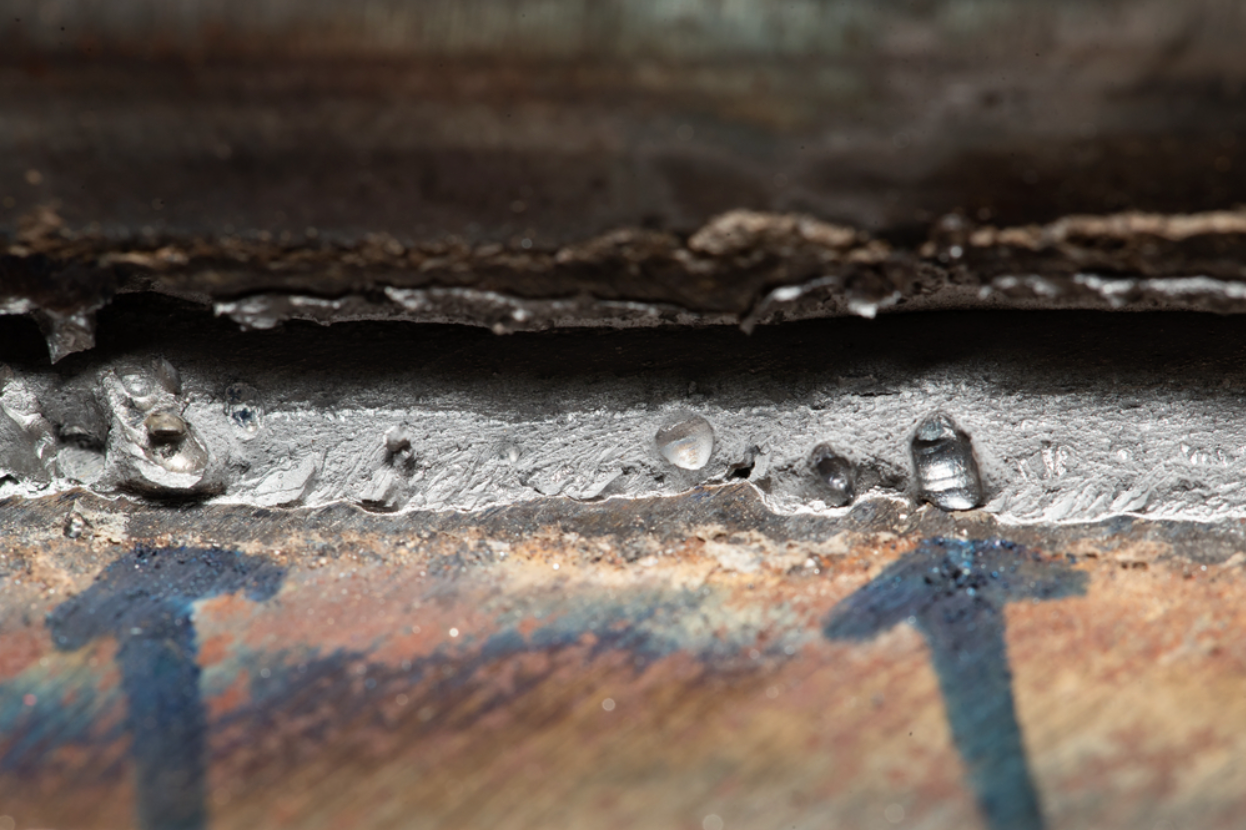Understanding the Causes and Solutions for Undercut Welding in Metal Construction Procedures
In the realm of metal construction processes, the incident of undercut welding positions a significant obstacle that demands a comprehensive understanding of its reasons and sensible remedies. The intricate interplay of different aspects throughout welding procedures can bring about this unwanted phenomenon, affecting the architectural integrity and general top quality of the welded joints - Preventing weld undercut. By dissecting the origin causes of undercut welding and checking out efficient remedial steps, producers can boost the criterion of their craftsmanship and guarantee the production of perfect metal components
Usual Root Causes Of Undercut Welding
Frequently overlooked in steel manufacture, undercut welding happens due to different variables that require precise focus and proficiency to be efficiently minimized. One common reason for undercut welding is extreme warm input. When the warm input is expensive, it can bring about the melting and succeeding erosion of the base product along the sides of the weld joint, producing a groove or undercut. In addition, inappropriate welding methods, such as utilizing the incorrect welding angle or travel rate, can likewise contribute to damage development. Insufficient protecting gas coverage is an additional vital factor that can lead to damaging. Insufficient gas insurance coverage falls short to protect the weld pool effectively, bring about oxidation and undercut defects. Additionally, the selection of welding parameters, such as voltage, current, and cord feed speed, plays a considerable duty in the incident of undercut welding. Understanding these common reasons is critical for executing preventive measures and making sure high-grade welds in metal construction procedures.
Effect of Incorrect Welding Parameters
Unreliable welding specifications can considerably compromise the honesty and high quality of bonded joints in steel manufacture processes. The effect of inaccurate welding criteria materializes in numerous methods, resulting in structural weak points and problems in the welded elements. One important element impacted by incorrect welding criteria is the penetration deepness of the weld. Inadequate warm input due to reduced welding currents or excessively high traveling rates can cause poor combination between the base metals, bring about insufficient joint infiltration and weakened bonds. Conversely, extreme warm input brought on by high welding currents or slow traveling speeds can bring about excessive and burn-through support, developing a brittle and unpredictable weld structure. Additionally, wrong specifications such as improper voltage setups or wrong electrode angles can add to irregular weld grain profiles, absence of combination, and raised possibilities of flaws like undercutting. Careful focus to welding specifications is vital to make sure the manufacturing of high-grade welds with the preferred mechanical residential or commercial properties and structural integrity.
Effect of Improper Torch Angle
Inappropriate lantern angle in welding procedures can considerably impact the high quality and honesty of the final weld joints in steel fabrication procedures. Damaging is a common welding issue where a groove develops along the weld toe, compromising the joint and endangering its structural integrity.
A torch angle that is also high can bring about inadequate infiltration, incomplete combination, and enhanced spatter. On the various other hand, a lantern angle that is too superficial can lead to too much penetration, burn-through, and distortion of the base product. Preventing weld undercut. Appropriate torch angle is essential for making sure constant weld high quality, strength, and appearance
To avoid undercutting and other issues brought on by incorrect lantern angles, welders have to be trained to keep the proper torch angle throughout the welding procedure. Normal tracking and change of lantern angles throughout welding can assist achieve sound welds with marginal flaws.
Function of Inadequate Welding Techniques

One more element of inadequate welding techniques is incorrect weld preparation. Inadequate cleansing of the base steels, inaccurate joint design, or not enough edge prep work can all add to damage welding. Additionally, insufficient securing gas coverage or using the wrong kind of gas can cause insufficient fusion and the formation of undercut issues.
To address the function of inadequate welding methods in steel manufacture processes, it is necessary to offer detailed training for welders. Correct education and learning on welding specifications, joint preparation, and shielding gas option can help protect against undercut welding and make certain high-grade welds in steel construction tasks.
Effective Solutions for Undercut Welding
Dealing with undercut welding in steel manufacture calls for executing reliable remedies to improve weld site link top quality and structural stability. Among the main solutions to fight undercut is to adjust welding criteria such as voltage, existing, and take a trip speed to make sure proper warm input and fusion. By fine-tuning these settings, welders can prevent too much melting of the base metal and filler material, decreasing the likelihood of undercut development.
In addition, proper joint prep work is crucial in avoiding undercut. Guaranteeing clean base metal surface areas without impurities and using the appropriate bevel angle can aid advertise far better weld infiltration and decrease the threat of undercut - Preventing weld undercut. Employing ideal welding strategies, such as oscillating the lantern or weaving, can also help in dispersing heat evenly and filling the weld joint sufficiently, lessening the opportunity of undercut issues
Additionally, choosing the right welding consumables, including electrodes and filler steels, is important in reducing undercut. Using products with suitable chemical compositions and mechanical homes can add to achieving sound welds with marginal undercut. Normal inspection and quality assurance measures need to also be executed to find and attend to undercut concerns immediately, ensuring the total honesty have a peek at these guys of fabricated metal elements.

Final Thought
Finally, comprehending the causes and solutions for undercut welding in metal fabrication procedures is critical for accomplishing high-quality welds. By resolving typical causes such as inaccurate welding specifications, inappropriate lantern angle, and insufficient welding strategies, welders can stop undercutting and ensure strong, resilient welds. It is essential to pay attention to these aspects and implement effective services to boost the general welding you can check here process and end product quality.
